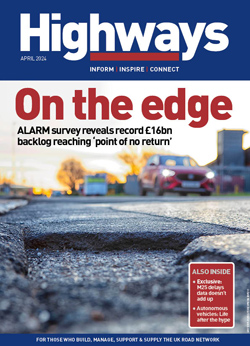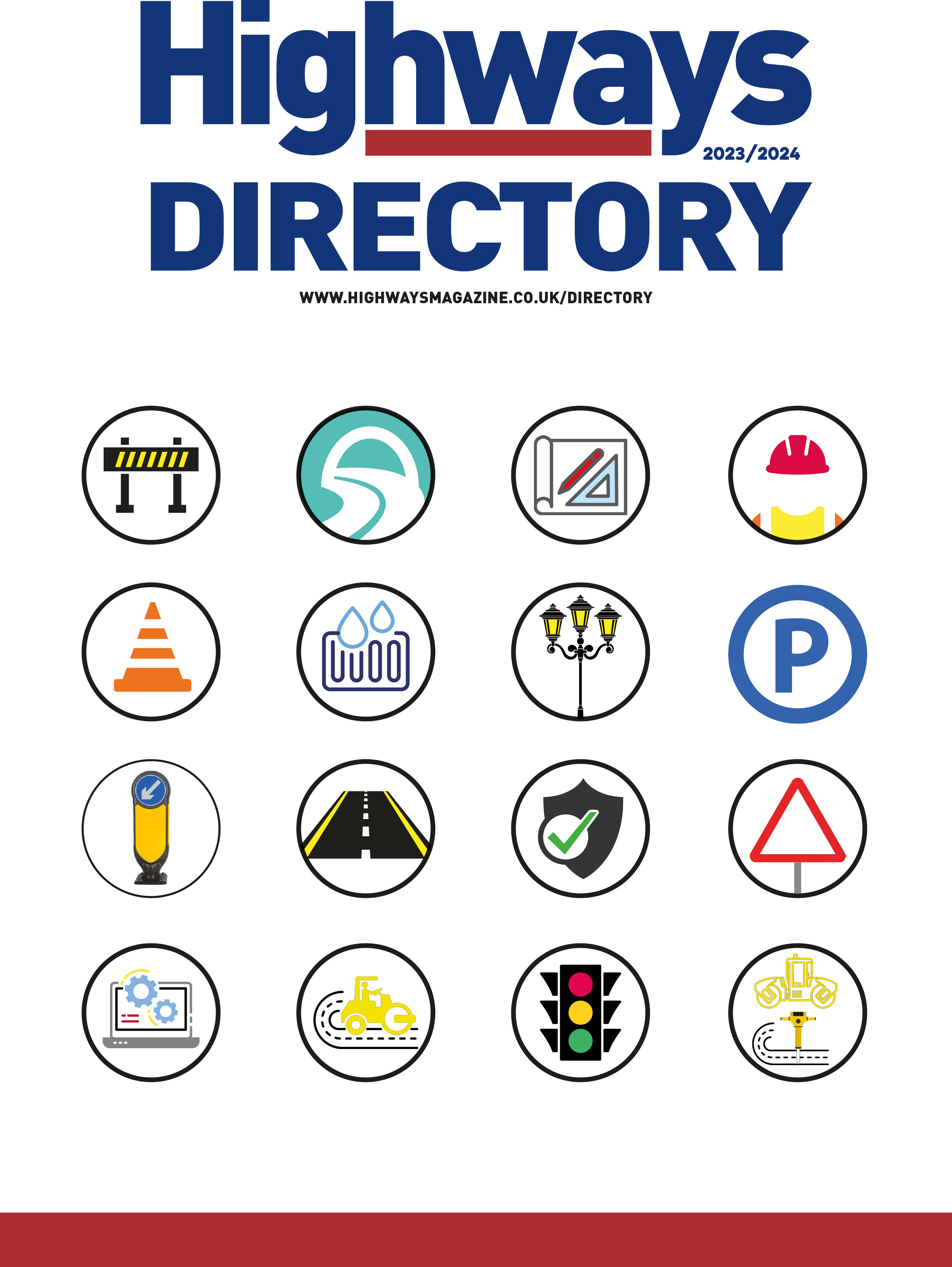The Chartered Institution of Highways and Transportation (CIHT) has released its long-awaited review of shared space, an issue that has dogged the sector for years and proven one of the most controversial in highways and town planning.
‘Creating better streets: Inclusive and accessible places’ provides a series of recommendations to Government and industry, calling for a major shake-up in the sector’s approach to shared space.
The controversial road design is associated with the removal of street furniture, kerbs and crossings and has prompted campaigns, particularly from organisations representing the blind, as well as legal actions.
Among the report’s conclusions is the point that the term shared space is unhelpful. CIHT proposes three new design approaches to replace shared space:
- Pedestrian-Prioritised Street
- Informal Street
- Enhanced Street
Guidance
The CIHT said there was a case for further guidance, based on further research, to help councils decide which type of street is most appropriate in any situation.
‘The most significant decision required is when to move from the pedestrian-prioritised street type, where the driver should be seen as a guest, into the informal street type, where pedestrians will need to cross a defined carriageway. The differences between the informal and enhanced street are largely to do with the extent to which conventional traffic control measures are needed.’
The review concedes that there are ‘key issues are around the use of kerbs and controlled crossings’ and an inclusive approach to the design of these schemes is required.
‘Future schemes seeking to improve the public realm through better street design need be promoted, designed, implemented and monitored against a series of predefined objectives with clear outcomes that can be measured in a consistent way,’ the report states.
It calls for further guidance to help local authorities define outcomes for schemes around five key areas:
- inclusive environment
- ease of movement
- safety and public health
- quality of place
- economic benefit.
Inclusivity
While the report was based on 11 case studies, the review reveals that: ‘Only one case study had included creating an inclusive environment as an objective in the development of the scheme.’
The different schemes were employed for a wide range of reasons making an objective comparison difficult in some areas, CIHT sources suggested.
However the lack of evidence in certain areas is likely to cause concern among campaigners, particularly those who feel infrastructure such as kerbs and crossings are, in themselves, an objective standard for inclusivity.
The report states that in ‘the majority of schemes, there was insufficient objective evidence to show whether there had been any adverse or positive effects’.
‘Where there was any evidence available, some schemes could point to positive improvements, some were negative, while in others, the evidence was not available.’
However it adds: ‘We are well aware that some user groups, including but not limited to, visually impaired people, have significant concerns. This does indicate that some user needs have not been met in some schemes, including in the consultation and engagement carried out, and this appears consistent with this objective not being identified as a specific aim for the majority of schemes.’
Safety
In terms of safety, the review finds that over half the scheme had no overall impact on safety, while in a few the situation had improved. No scheme was found to have significantly increased the number of collisions.
Economic benefits
The report states that: ‘Five of the schemes have drawn evidence of positive improvements, the remainder have insufficient information available or are neutral there is no consistent approach to identifying the whole life cost of schemes and the identification of benefits in a way that allows direct comparison across the schemes.’
Legislation
‘Although there is some evidence that pedestrian prioritisation can be achieved through careful design, it is considered that adopting legislation in the UK that is similar to that underpinning successful Encounter Zones used in several other countries would make it much easier to introduce pedestrian-prioritised streets and create an inclusive and accessible public realm,’ the report states.
Background
The review itself has proven contentious and is almost two year later than expected after the Government originally said the CIHT was producing new guidance only to be told publicly by the institution this was not the case.
Andreas Markides, president of the CIHT said: ‘This review of shared space is the result of a great deal of work by those interested in making our streets better places for everyone. The issues around shared space have often been controversial and the recommendations that this review has made, if put into place, will help make our streets into the safe, inclusive environments that we need them to be.
‘CIHT has presented these recommendations to government and we will be coordinating a series of follow up discussions which we will report on in due course. CIHT will play an important role in helping provide increased clarity and consistency for decision makers and highways and transportation professionals.’
Recommendations in full:
1. As part of its wider work on accessibility, the government makes clear the duties of local authorities with regard to the Equality Act 2010 and other legislation with respect to the improvement of the public realm.
2. That the government recommends to local authorities that the framework of objectives used to carry out this review be used when developing public realm improvements to provide clarity into why these schemes are being carried out and inform design choices.
3. It should be made clear that appropriate outcomes should be set during the design and implementation phases of schemes and used to monitor their effectiveness once the schemes are complete. If necessary, authorities should carry out amendments in the light of these assessments, having regard to their statutory duties. The government and the sector should undertake work to develop the detail of the framework and outcomes and how they are measured.
4. Education and continuing professional development of those developing works in the public realm should specifically include the requirements around creating inclusive environments and accessibility. Professional institutions across the sector should take a lead in developing this approach.
7. The government should undertake research into the factors used to differentiate between the design approaches suggested in Conclusion 1.5 and develop guidance to assist their implementation by local authorities.
8. Government should move forward with its work on inclusive mobility and undertake research into the needs of people using the public realm, including how their needs differ due to visual impairment and other disabilities.
9. Government should review the potential to introduce legislation to enable local authorities to establish streets where pedestrians have priority, based on the successful Encounter Zones that are used in several other countries.
10. Government should undertake research into courtesy crossings, focusing on the relationship between various design features, context, user types, levels of driver courtesy and their relationship with formal crossings.
11. Government should clarify the legal position of users of courtesy crossings.
12. Government should review existing research on the most appropriate kerb height in actual street situations, considering factors such as detectability by visually impaired people and the effect of reduced kerb heights on traffic speed and over-running.
13. The government should review and update existing relevant highway and public-realm design guidance in order that a consistent approach is taken to the improvement of streets based upon the findings of this review. To facilitate the review all of the research identified in the recommendations of this review should be considered.
14. Government should give priority to the production of updated guidance on tactile paving to address the practical difficulties faced by designers when creating streetscape improvements that meet the needs of visually impaired people. This should expressly consider the best means of identifying defined crossing points and enabling people to find their way, particularly within level-surface streets.
15. Government should work with local authorities and technology companies to investigate the potential for new technology to assist in the creation of Inclusive environments.



